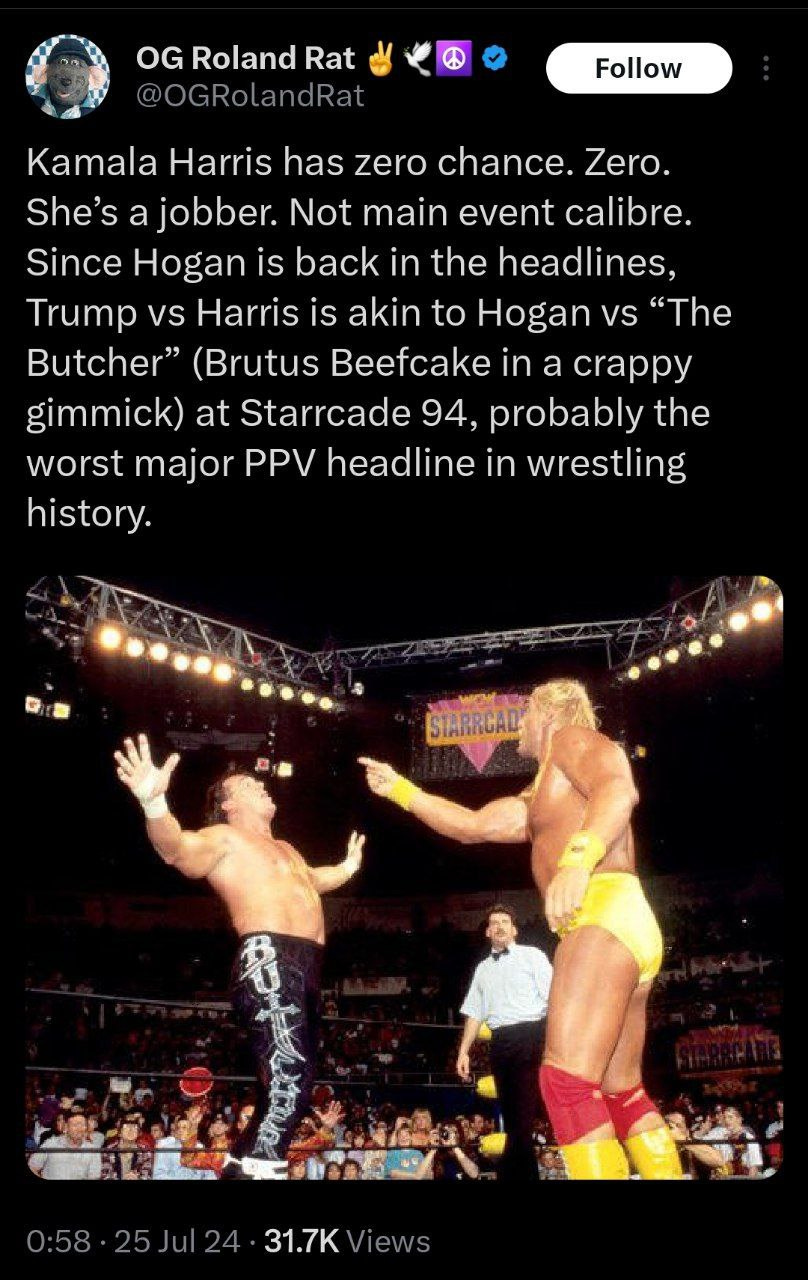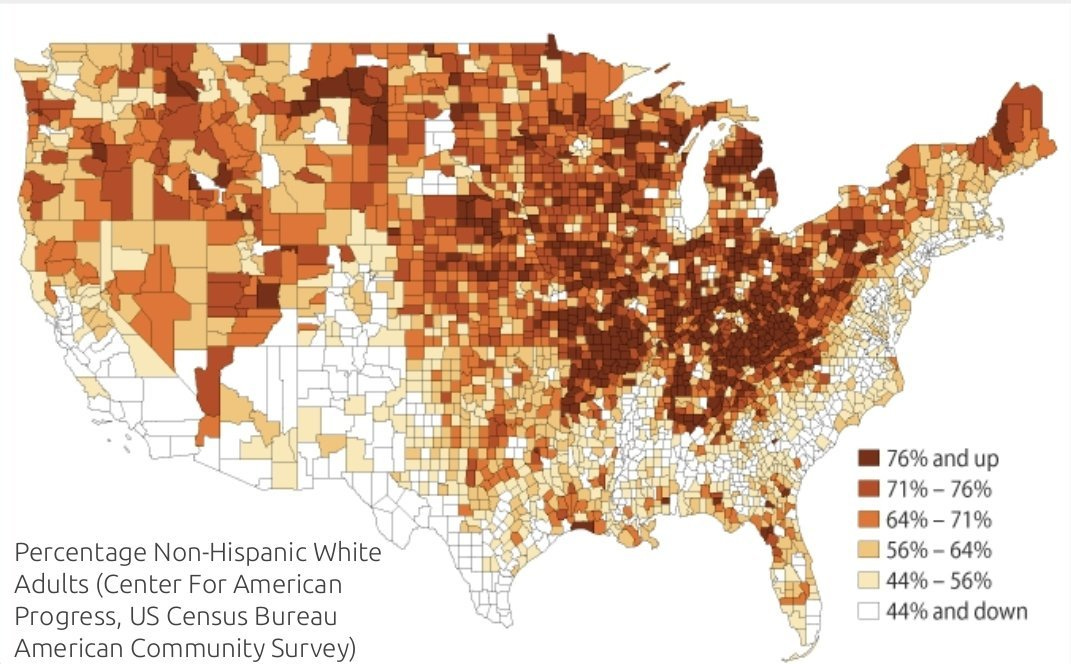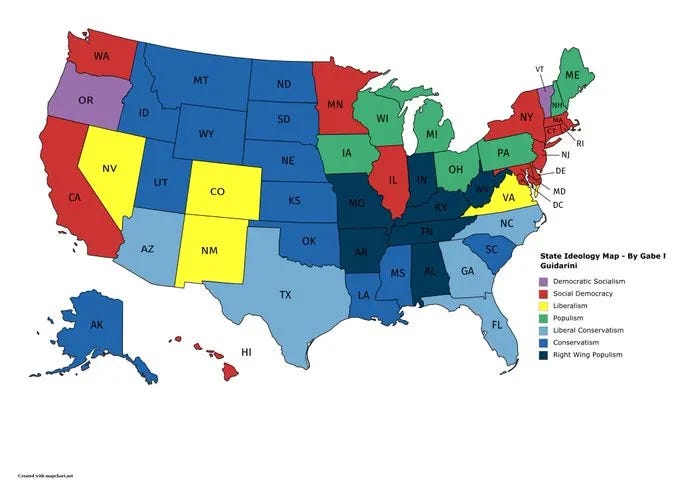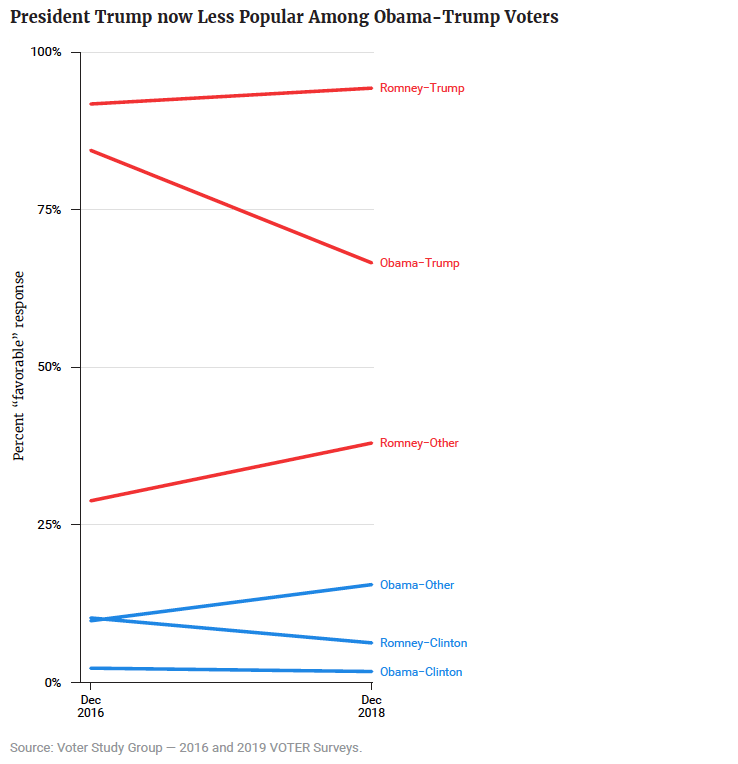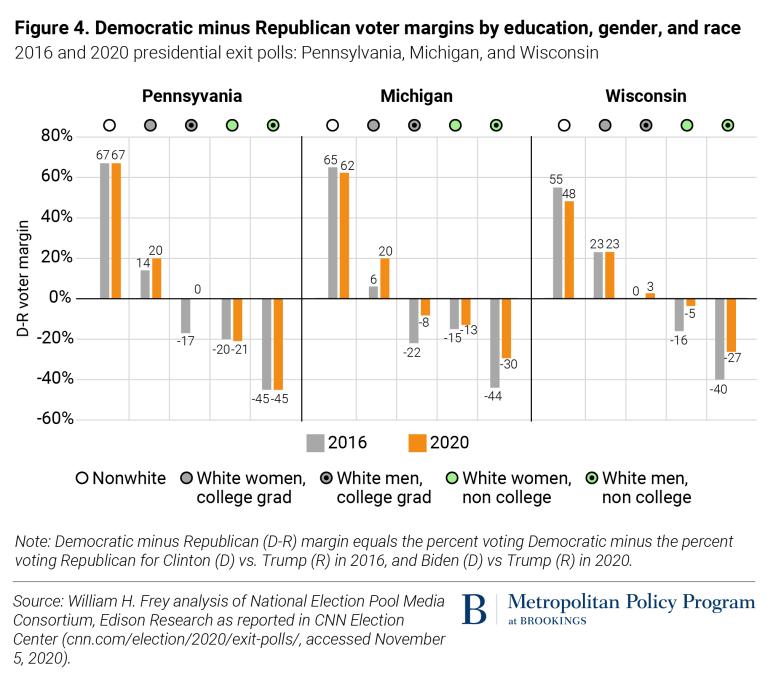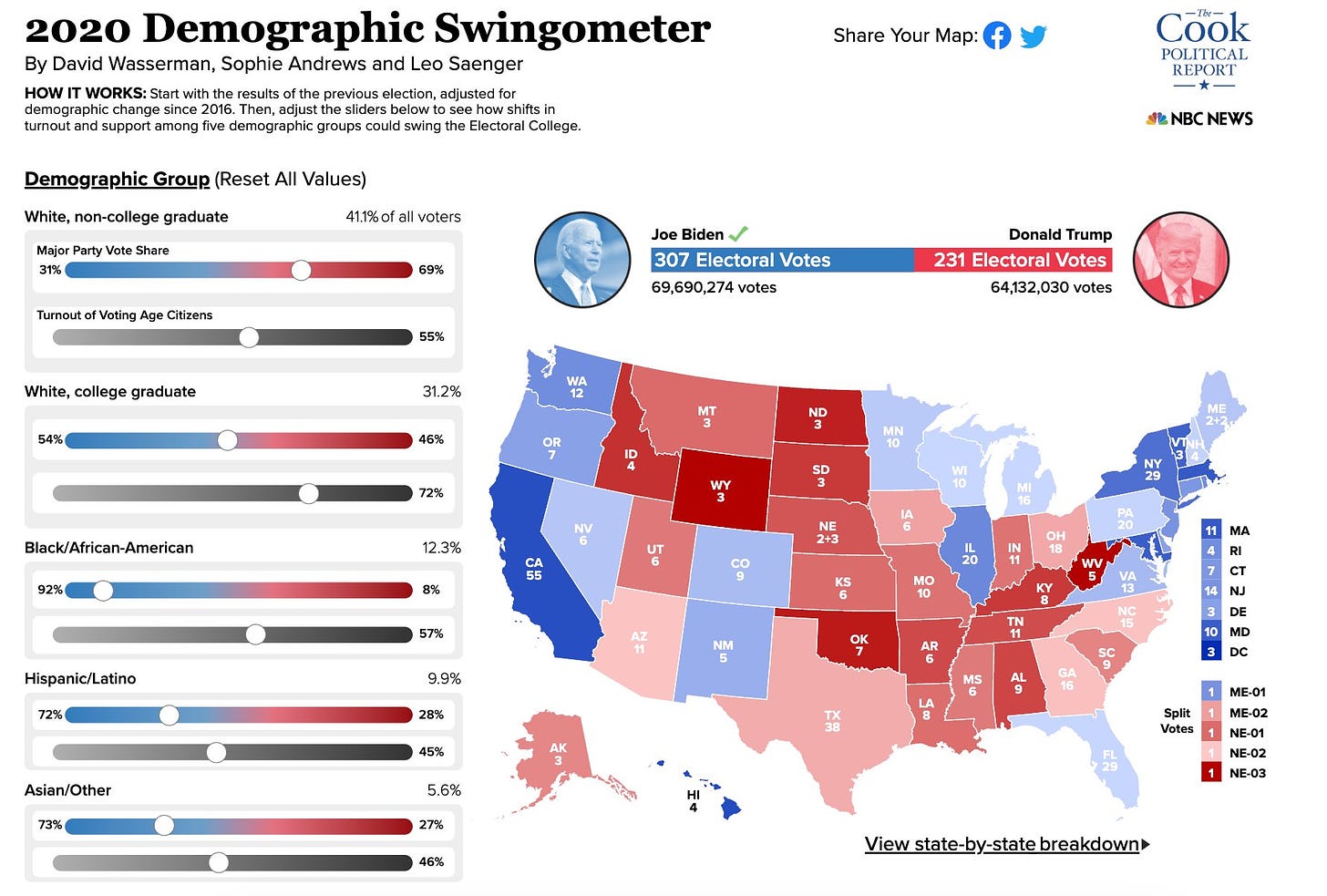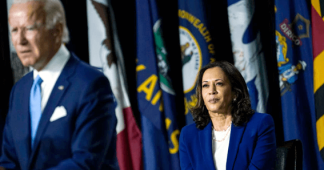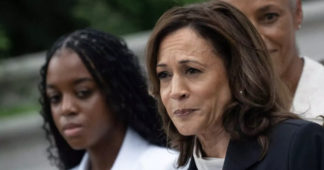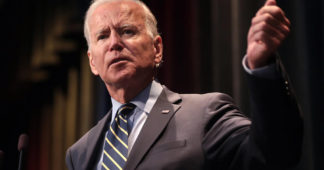Without a dramatic change of strategy, this election is now the Democrats’ to lose
By Keith Woods
July 29, 2024
Donald Trump is heading for defeat in this year’s election. I realise stating this is controversial — there has developed what I think is a misguided sense of inevitability about a Trump victory, especially on the radical right. When I said recently that I now believe Trump is going to lose, I encountered a flood of angry comments accusing me of needlessly blackpilling, ignoring polling, being contrarian, or just plain stupid.
I first expressed this view in opposition to my old nemesis, Academic Agent, who claims the election is a foregone conclusion, that Harris has “zero chance”, and that she has been appointed to play the role of a “jobber” (that’s pro-wrestling lingo for a wrestler whose job is to lose and make their opponents look strong.)
AA’s take on this is definitely the majority view. Trump has been handed win after win this year, from Biden’s shocking debate performance against him to his brush with death and triumphant recovery, giving us one of the greatest photos ever taken. With the nominee now almost certain to be Kamala Harris, some have taken this as confirmation that Trump really is the anointed one. Whatever chance old Joe had in a rematch with Trump, Kamala is electoral poison. While Biden could make the Democrats’ anti-white, radical left agenda palatable with his old-timey white guy shtick, Harris is the DEI regime’s real, ugly face. After all, even Democrat voters soundly rejected her.
This is a simple and intuitive, vibes-based approach to forecasting, and anyone could be forgiven for thinking fate is just on Trump’s side after the events in Pennsylvania, but I think the more I take a cold look at Trump’s prospects for this election, the more bleak they seem. I’m not saying he is certain to lose, and a lot can happen between now and November, but he is currently rated 1/2 with bookmakers, or about a 65% chance of winning. Presuming she is the unchallenged nominee for the Democrat party (not yet assured) I would flip it, and give those kind of odds, if not even shorter, to Harris. Thus, I think the current odds of 6/4 being offered on Harris represent a lot of value (not financial advice).
If we want to go from vibes to something tangible, we could look at polling. The problem though, is polling has proven to be a poor predictor of election outcomes in US presidential elections, especially this far out. It’s July. In July 1988, George H.W. Bush — who, like Harris, was then vice-president — trailed his Democrat opponent by 17 points. Bush not only won that year’s election, he won it handily: a smashing 426-111 victory in the electoral college vote.
At first, Trump was well ahead of Harris in national polling, but recently, Harris has made big gains, including in key swing states. A shift that dramatic in the space of a few days only underscores the fact that we can’t really expect these numbers to be the same four months from now, and that’s not even accounting for other issues like who’s answering the pollsters and who will actually turn up to vote.
No, polls won’t do. A lot of political scientists have tried to come up with a more reliable means of forecasting, to mixed success. From decades of testing, one method seems to stand out for its success: these are the “keys to the White House”, a method developed by American historian Allan Licthman.
Lichtman developed the keys in collaboration with a Soviet seismologist. Treating US elections with the same kind of systems-driven approach used to study earthquakes, the duo found a method of analysis which treats general elections as a referendum on the performance of the ruling party. Using the keys, Lichtman has correctly predicted the popular vote winner in every General Election from 1984 and 2012, correctly predicted Donald Trump’s win in 2016 (though he failed to win the popular vote), and Biden’s win in 2020. The system was also tested on past elections right back to the 1800s, and found to retrospectively predict them correctly, too. If there is a better system to predict elections, I haven’t found one.
With that said, I am not treating this method as decisive. Demographics are changing so rapidly that the US is hardly the same country as it was during most of the elections studied. But based on its past performance it is probably a good test of how voters will be feeling about the ruling party come November, and so seems like a good place to start.
The Keys to the White House in 2024
There are thirteen “keys” to the White House, which are a measure of the sentiment around the ruling party heading into the election. If a challenger candidate can turn a majority of the keys, there is likely to be a political earthquake, and an ousting of the ruling party, regardless of debate performances or the nature of their election campaign.
So, let’s see what the thirteen keys are, and how they are looking for this election cycle:
KEY 1 (Party Mandate): After the midterm elections, the incumbent party holds more seats in the U.S. House of Representatives than it did after the previous midterm elections.
2024 Verdict: False. The Democratic Party won fewer seats in the 2022 midterms than in 2018. However, this key has the least predictive value of all; the decline was slight (235 to 213 seats), and the Republicans performed well below the expected “Red Wave” in these elections.
One key for Trump.
KEY 2 (Contest): There is no serious contest for the incumbent-party nomination.
2024 Verdict: True. Biden didn’t face competition for the candidacy and then appointed Kamala as his successor, who has been endorsed by all the party big-wigs and seems to have the nomination secured. If she were to be challenged, or Democrat higher-ups were to organise a coup to replace her at the last minute with someone they consider more electable, this could be flipped, but right now it seems Harris is secure.
One key for Harris.
KEY 3 (Incumbency): The incumbent-party candidate is the sitting president.
2024 Verdict: False. Was true for Biden, not for Harris, though she represents the same administration.
Two keys for Trump
KEY 4 (Third-party): There is no significant third-party or independent campaign.
2024 Verdict: True. RFK jr. looks like one of the more credible threats to come from a third-party candidate for some time, but probably not enough to turn this key. Lichtman’s system rates them as a serious contender only if they poll over 10%. RFK jr. is unlikely to break this threshold.
Two keys for Harris.
KEY 5 (Short-term economy): The economy is not in recession during the election campaign.
2024 Verdict: True. The US Economy is experiencing good growth, and the Biden/Harris administration has invested heavily in the US economy in the last 4 years. A big economic shock between now and the election is unlikely.
However, although per-capita GDP is the easiest way to measure the short term health of an economy, it can be misleading, and since this is an election, voter perception matters more than real numbers. Lichtman’s model does not look at perception, only real growth, which seems like a potential oversight.
A recent study found that 3 in 5 Americans think the country is in recession, and most think it began last year. People also tend to misremember how good things were economically under previous administrations, and this seems to be happening with Trump now.
If most Americans think the country went into recession some time during the Biden/Harris administration after being handed a strong economy by Trump, can we really still call that a key for the Democrats? I think it will depend how voters feel by election time, so I’m going to leave this key neutral.
KEY 6 (Long-term economy): Real per-capita economic growth during the term equals or exceeds mean growth during the previous two terms.
2024 Verdict: True. Growth under Biden/Harris has been higher than the previous two administrations, and included a large bounce-back from the COVID slump.
Again, the same caveat applies regarding public perception. The American public think they’re a year into recession, mostly due to changes in the cost of living. Cost of living matters just as much as growth figures or earnings, since people judge their affluence by how much they can actually buy with what they earn. Still, the government seems to be getting inflation under control now, and on paper, Harris still has a good record to sell, so I’m going to say this key leans Democrat. Both economic keys could easily swing to Trump if the American economy goes into recession between now and the election.
(Tentatively) Three keys for Harris.
KEY 7 (Policy change): The incumbent administration effects major changes in national policy.
2024 Verdict: True. Biden’s greatest accomplishments are the massive investment programs, including a $1.9 trillion rescue package after COVID, a bipartisan infrastructure bill, and the CHIPS and Science Act which has directed more resources into American innovation
Deindustrialisation was a major reason for the turn to Trump’s populism in the Rust Belt in 2016, but now Biden has doubled the amount of factory building in the United States and invested billions into American manufacturing. The US is also getting inflation under control, meaning there is a very formidable economic record for Harris to run on.
Four keys for Harris.
KEY 8 (Social unrest): There is no sustained social unrest during the term.
2024 Verdict: True. The pro-Palestine protests are the closest thing to serious social unrest, but they are nothing on the level of the summer of Floyd and not enough to turn this key.
Five keys for Harris.
KEY 9 (Scandal): The incumbent administration is untainted by major scandal.
2024 Verdict: True. As much as conservatives tried to make Hunter Biden the focus of a real scandal, it never landed, and Biden was a pretty controversy-free President.
Six keys for Harris.
KEY 10 (Foreign/military failure): The incumbent administration suffers no major failure in foreign or military affairs.
2024 Verdict: True. This one could be controversial, but none of the things that will be held up as Biden’s major foreign policy failures by Republicans really hold up. The withdrawal from Afghanistan was promised by Trump, and although some American soldiers were lost in the process, this hasn’t plagued the Biden administration. Although the Russian invasion of Ukraine and the breakout of war between Hamas and Gaza have caused problems for the Biden government, neither has been a disaster for him domestically. Russia has not yet achieved victory over the multinational coalition led by the US, and Americans are broadly in agreement with the current approach, or at least not opposed enough for it to be yet seen as a major failure.
Seven keys for Harris.
KEY 11 (Foreign/military success): The incumbent administration achieves a major success in foreign or military affairs.
2024 Verdict False. Just as there hasn’t been any massive failure, the Biden/Harris administration has no great foreign affairs story to brag about. Afghanistan could have been a success, if not for the messy withdrawal and loss of American lives on the way out. It seems unlikely the Israel/Palestine conflict will be resolved soon, and the hope of a surprise Ukrainian victory over Russia is even more unlikely.
Three keys for Trump.
KEY 12 (Incumbent charisma): The incumbent-party candidate is charismatic or a national hero.
2024 Verdict: False. This is reserved for the once in a generation candidate with huge cross-party appeal like FDR or Ronald Reagan, Harris certainly is not that.
Four keys for Trump.
KEY 13 (Challenger charisma): The challenging-party candidate is not charismatic or a national hero.
2024 Verdict: True. Trump has a cult-following and is a very charismatic figure, but he is also extremely divisive, and doesn’t have the ability to appeal to a broad base of support outside his party, as someone like Reagan of John F. Kennedy could.
Eight keys for Harris.
Final tally: Harris 8 – Trump 4
The keys are firmly in favour of the Democrats, suggesting voters are unlikely to be in the mood for the political earthquake of a democratic regime change. This methodology is mostly about the viability of the party, not the appeal of the candidate. But the keys would have been turned even more strongly in Biden’s favour if he was the incumbent, yet after his disastrous debate performance in early July, a consensus developed that his senility was so apparent that he would lose, regardless of his record governing. A similar argument is currently being made about Harris, she is just too unlikeable to win a national election. Is that true?
I would point to Hillary Clinton. In 2016, Clinton ranked as the presidential candidate with the second highest unfavourability rating ever, second only to Trump! Pollsters found ‘liar’ was the word most associated with Clinton in voters’ minds, and, she was shrouded in controversy over her deleted e-mails and, to a lesser extent, her primary contest with Bernie Sanders. Harris isn’t the most appealing politician, but I’m willing to bet she will be more popular than Clinton.
And despite the widespread dislike for Clinton, she still won the popular vote in 2016. What mattered was Clinton lost three key Rust Belt states to Trump that swung the election: Wisconsin, Michigan, and Pennsylvania. Trump’s margin of victory in those states? 79,316 votes. Trump won Pennsylvania by 46,435 votes, Wisconsin by 22,177 votes, and Michigan by 10,704 votes. These are tiny margins: to be precise, 0.057 of total voters cost Clinton the election. Now factor in eight years of demographic change and cultural leftism and ask yourself if Harris can gain this kind of margin on Hillary Clinton.
How (and who) Trump Won
In 2016, Trump won these Rust Belt states by challenging the Republican party from the outside and presenting as a populist. Trump actually won fewer White voters than Mitt Romney, but he won more of the White voters who mattered. There are a few interesting things about the key areas Trump flipped. For one, they are some of the Whitest counties in America:
Another interesting and anomalous thing about these swing states becomes apparent from looking at a map of voter attitudes in the US, which show that these states are some of the few in America where the majority voter attitude is ‘populist’ rather than some variant of conservative or liberal:
Many of these White, populist voters are disaffected Democrats who felt left behind by the country’s embrace of globalism and free trade. They chose Obama in 2008 and 2012, but switched to Trump in 2016 because they liked how he sounded on issues like immigration, protectionism and rebuilding American industry. After governing like Jeb Bush for four years, Trump gained more support from ideological conservatives, but he lost crucial support from the White, working-class moderates and populists whose votes are decisive in these states.
Instead of governing as a populist, Trump’s great legislative achievement was a Paul Ryan tax cut that favoured the rich. In the Rust Belt states in 2020, the trend was Trump losing a disproportionate share of lower and middle income earners, while either gaining or losing a smaller proportion of high income earners.
Non-college-educated White voters were critical to Trump’s victory in 2016, but in 2020 the Democrats made gains with this demographic, increasing their share of this vote from 28% to 33%.
A more relevant question than how much voters are going to like Kamala Harris is what Trump is going to do to win back the populist White voters he lost. Currently, the Harris campaign is doing more explicit outreach to White voters than Trump, who recently framed his opposition to mass-immigration as motivated by a desire to protect the jobs of Blacks and Hispanics. Part of a strategy, it seems, devised by Trump’s campaign manager Susie Wiles, who says they will compensate for losing White ‘Karens’ by winning ‘Jamal and Enrique’.
Trump had a chance to learn from his mistakes in 2020 and return to the populist platform that won him populist White voters in 2016. But Trump is proud of his record as President. At the RNC, speaker after speaker celebrated Trump’s tax cuts. There was very little mention of immigration — a South American immigrant addressed the crowd in Spanish and spoke about how illegal immigration was hurting legal immigrants like her. There is little mention either, of the vision of economic nationalism Trump pointed to in 2016. The focus instead is inflation — an always popular target for conservatives — gas prices, and oil. Speaker after speaker promised Trump would “unleash American energy” a return to the 2008 GOP “drill baby drill” platform.
Trump talked a good game about rebuilding American manufacturing in 2016, but he failed to deliver for working-class Whites in Rust Belt states. An economic study at the end of Trump’s term looked at well-being in five Midwestern swing states: Minnesota, Wisconsin, Iowa, Michigan, and Ohio. It found that among the counties that flipped from voting for Obama in 2008 and 2012 to voting for Trump in 2016, 61% were in economic decline. During Trump’s term, there was very modest growth in manufacturing jobs — about the same rate as Obama’s, and only enough to restore a fraction of the jobs lost in the prior decade.
Continue reading at www.unz.com
We remind our readers that publication of articles on our site does not mean that we agree with what is written. Our policy is to publish anything which we consider of interest, so as to assist our readers in forming their opinions. Sometimes we even publish articles with which we totally disagree, since we believe it is important for our readers to be informed on as wide a spectrum of views as possible.
